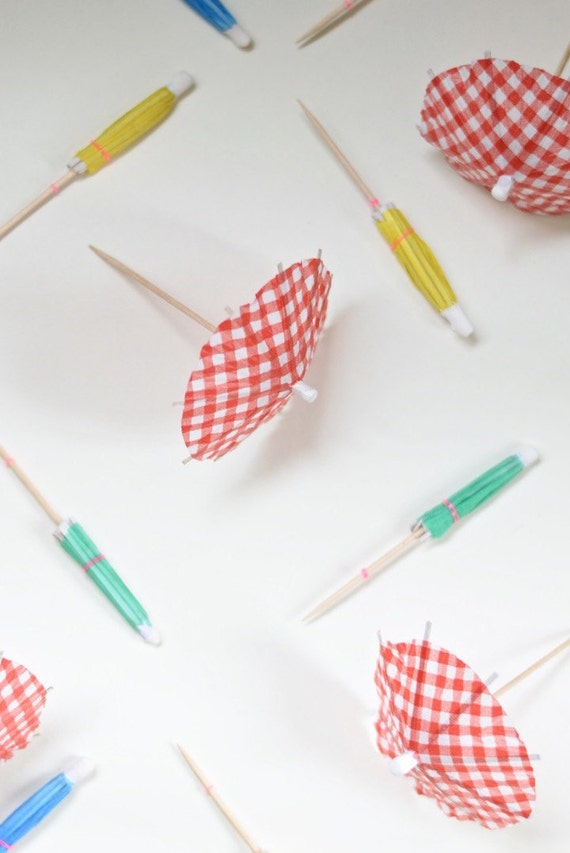Confiture de figue
We are having a very productive weekend. Maybe to compensate for the hectic week we had where we didn’t spend much time at home. I personally love it when we make most out of our weekends. If we don’t, it sometimes feels like weekends pass by without really having enjoyed them.
That was definitely not the case this week, not only did we visit two world wonders in our region (more about that soon), I also whipped up a delicious cake with our homegrown peaches, we made two batches of confiture for winter and last but not least I nearly finished our bed cover that I started crocheting recently.
Nearly finished might not be the right definition of where I am in the process right now, because I’m only halfway, but it’s so huge already, that it looks like it’s nearly finished. Don’t you think? Anyhow, this post isn’t about the cover, it’s about one of our winter preserves: fig confiture.
MAKING FIG CONFITURE IN A COPPER PAN
Last year I got this beautiful copper confiture pan for my birthday from Eduard. I really love it as it quickly whips up jam in a most perfect texture. The only problem is that we have an induction stove, and working with this pan on an induction stove (on top of a special gadget which makes it possible to use a copper pan on an induction stove) is a bit of a pain after all. So we started to look for an other solution to make things work and we found one quickly.
We found this simple and huge outdoor gas stove, that you can buy in every grocery shop here in France. I guess people like to cook outdoors? We attached it to a gas cilinder and we were ready to go. We placed it in a nook on one of the sides of our house where we have a integrated BBQ (another thing french people love) that we never used. Really a perfect place to do this kind of things. It’s like a cute little outdoor kitchen. I will be making my ajvar preserve here as well this year. But this weekend we used it to make fig jam (and blackberry jam, but I’ll talk about that batch later in a separate post as well).
Below you can see how we made the confiture and what we used to make it. We didn’t use a lot of sugar, because the figs were quite sweet already. If you want it sweeter or if you want to keep it for several years, you can add more sugar. Otherwise you can follow our instructions:
 FIG JAM
FIG JAM
Ingredients
1,5kg peeled fresh figs
0,5kg confiture sugar
How to
We like to peel the figs for confiture as it can make the jam a bitter. After you peel the figs, mix them with the sugar and leave them in the fridge overnight. Take them out and place them in a (confiture) pan to cook for the first time. Cook them until they boil and then take them off the fire and out of the pan, let them cool down and leave them for two nights in the fridge. Now you can start cooking them for the final time. Place everything again in the pan and cook the figs until they are ready to jar everything up. We needed 3,5 normal size jars for this amount of figs and sugar. In the meantime you will have cooked your glass jars and lids and have placed them ready to be filled on a clean surface.
Now you can fill them up with the confiture. We use a special funnel that is also readily available in every French supermarket. All the tools we use, have also been cooked in the water where I cooked the glass jars. The idea is that everything should be – somewhat – sterile.
After one jar is filled, you quickly place the lid on top and close it tightly. Use a clean towel to handle the jars and lids.
Now, when the jar is closed securely, place it upside down on a clean towel again. I always use a infinite amount of tea towels during this process of making confiture. Now you are ready. When they are cooled down, you can mark them on the outside with the date and the name of the contents.
By the way, in case you are wondering why we mix up the fruit with the sugar before we cook it or even before we place it in the copper pan: it’s because it’s the only proper way to make confiture in a copper pan. If you don’t do that, the fruit will react with the pan and not very healthy substances will be formed in the reaction. After mixing the fruit with the sugar, you can immediately pour it in the copper pan. But based on advise from a french friend and a former colleague, I leave the mix overnight in a separate bowl and then cook it shortly and then leave it for at least two more days to settle in the fridge, as described above. The consistency is better that way.
If you are not used to making it this way, maybe you can try once and let us know if it works for you too?






